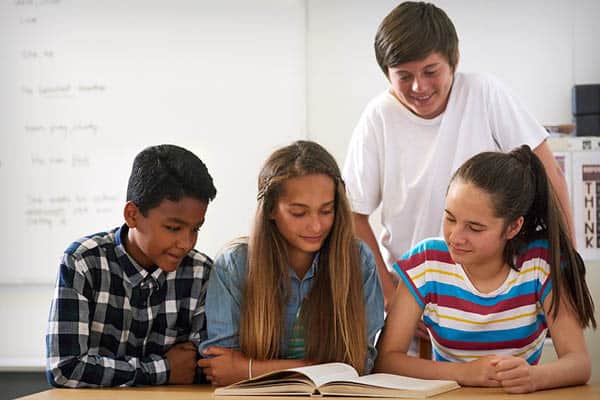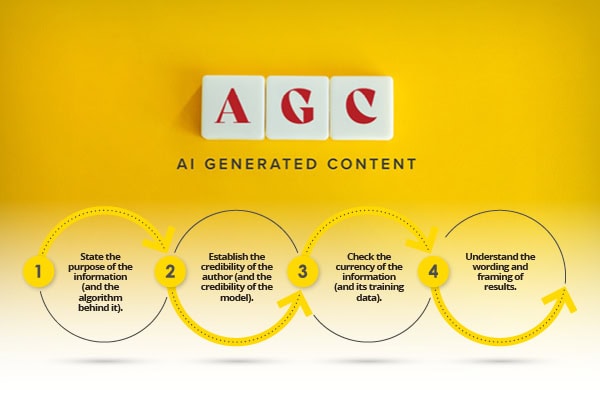In Gilroy Prep’s (Gilroy,CA) eighth-grade math class, the room feels less like a classroom and more like the floor of a stock exchange, with the constant buzz of conversation as students sketch slopes and equations on tablets that project their stylus strokes onto nearby screens according to the East Bay Times.
A trio of clipboard-wielding students circulate among their classmates — huddled in groups of three on the periphery of the room — asking questions, gesturing at the screens and explaining algebraic concepts.
Gilroy Prep is one of a small cohort of schools in the country experimenting with this method known as the Squads model — students in grades sixth through eighth educating each other under the purview of a teacher.
Students seem to appreciate the collaborative approach. “At first, it was a little weird to me, but then I feel like it’s better because we work together more,” said Daniel Lopez, a sixth-grader at Gilroy Prep.
The final grade for this method is still pending, but school leaders say it teaches important “soft skills” that improve interpersonal communication, boosts social awareness, and better educates students. They also note that Gilroy Prep boasts a greater portion of students who score higher in state standardized tests and a lower ratio who are regularly absent from class than the surrounding district.
While education experts caution against putting too much faith in the method prematurely, the Squads model is slowly spreading.
Navigator Schools — the group of charter schools that includes Gilroy Prep — has reached out to 16,000 schools across the country to offer to educate them about their teaching methods.
The original idea for Squads was born out of boredom.
James Dent, the chief academic officer for Navigator schools, recalled his son complaining about being bored in class. So Dent — then principal of Gilroy Prep — told his son to teach himself. Weeks later, his son still remembered the self-taught lesson.
Dent wondered if this self-teaching might be applied to the classroom, so he devised a system that might get the students to teach themselves and each other. Together with an experimentally minded group of teachers, he began testing the method on students in 2016.
Eventually, the experimentation slowed down and squads settled on its current iteration, where it is applied at Gilroy Prep, Hollister Prep and Watsonville Prep. Here, a teacher looks over three student teachers, each of whom are responsible for three squads of three each. Before teaching, student teachers are assigned homework that goes over the next day’s lesson plan.
On the day of the lesson, while the other students do a warm-up assignment, the teacher checks in with the team leaders to make sure they understand the material. The student teachers are given a key that includes answers as well as the questions and prompts to help their fellow students answer them on their own. The student teachers also monitor whether the members of their squads understand the material and share this information with the teacher, who can stop the class and offer a mini-lesson if the class is struggling with a particularly thorny concept. At the end of class, each student takes an electronic quiz, which immediately informs the teacher which concepts the students grasped.
According to Eva Vives, a psychologist at the University of Ghent in Belgium, similar student-to-student methods can help students of all levels learn while boosting communication skills. The squads model may also benefit because the teacher is active in the room, which could help make sure that students aren’t teaching each other false information.
Vives cautions against putting too much credence in a technique that has not been tested scientifically. “As far as we know, there’s no revolutionary miracle teaching method,” said Vives in an email. “Developing a new teaching method is good, but developing an evidence-based teaching method is better.”
East Bay Times





